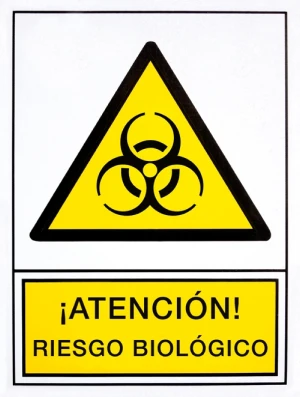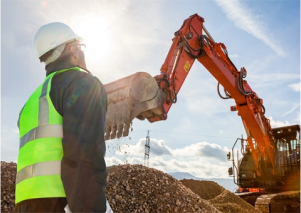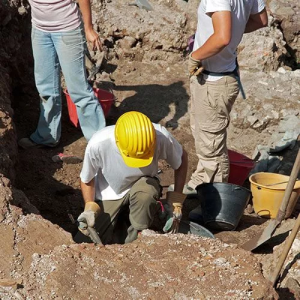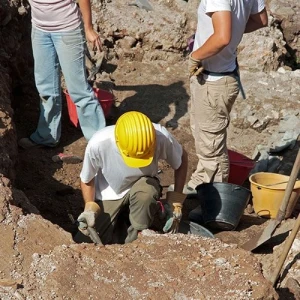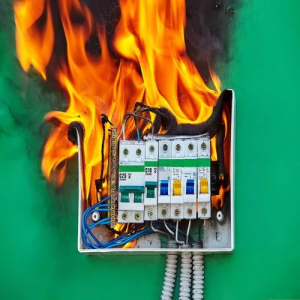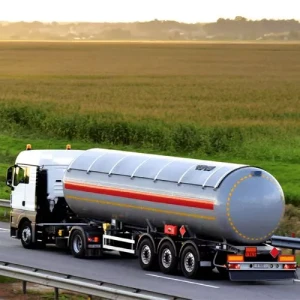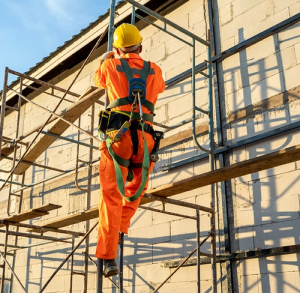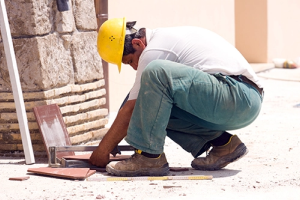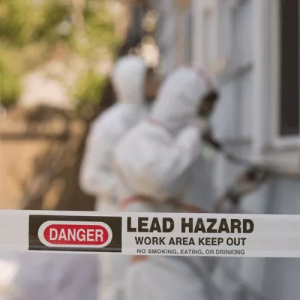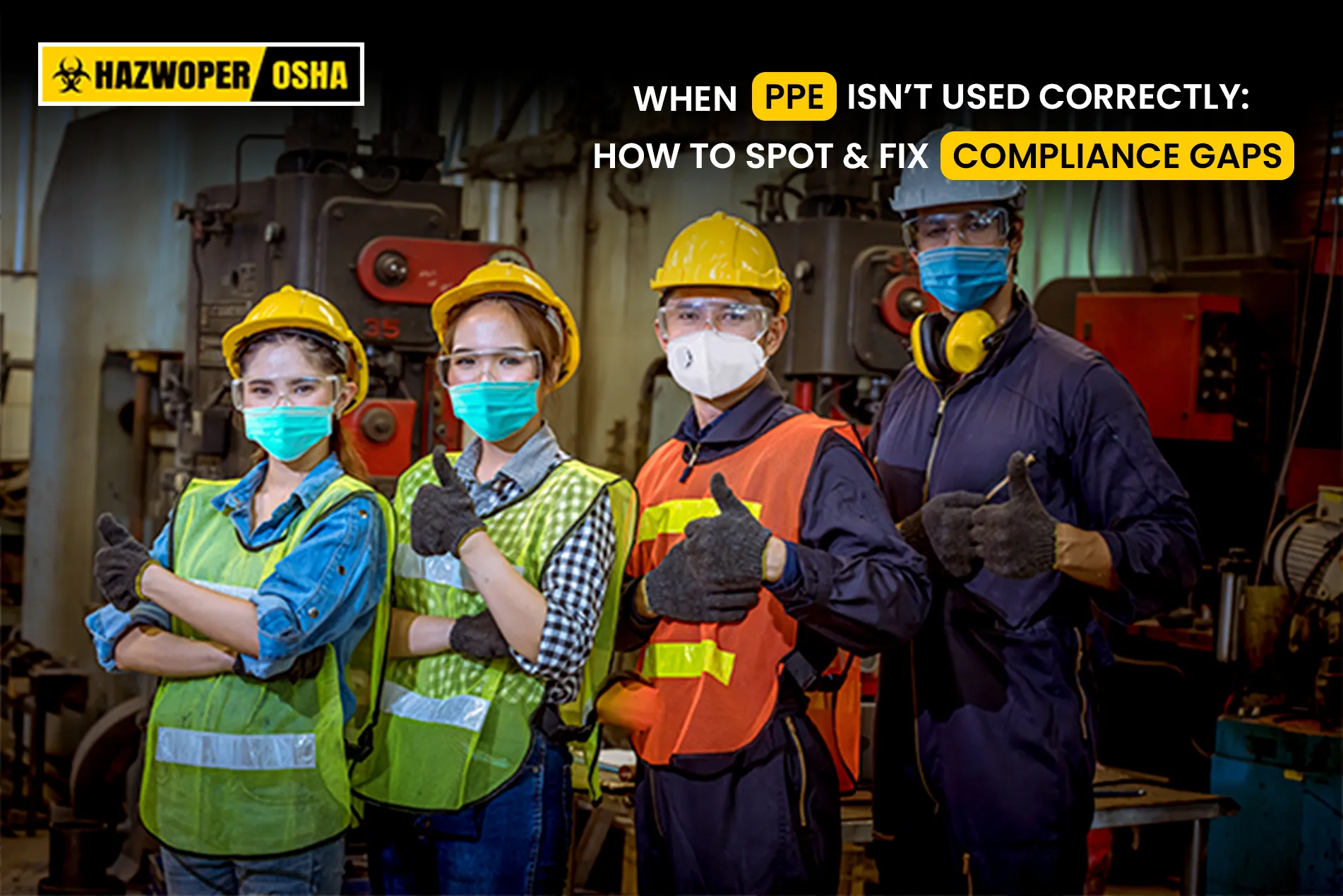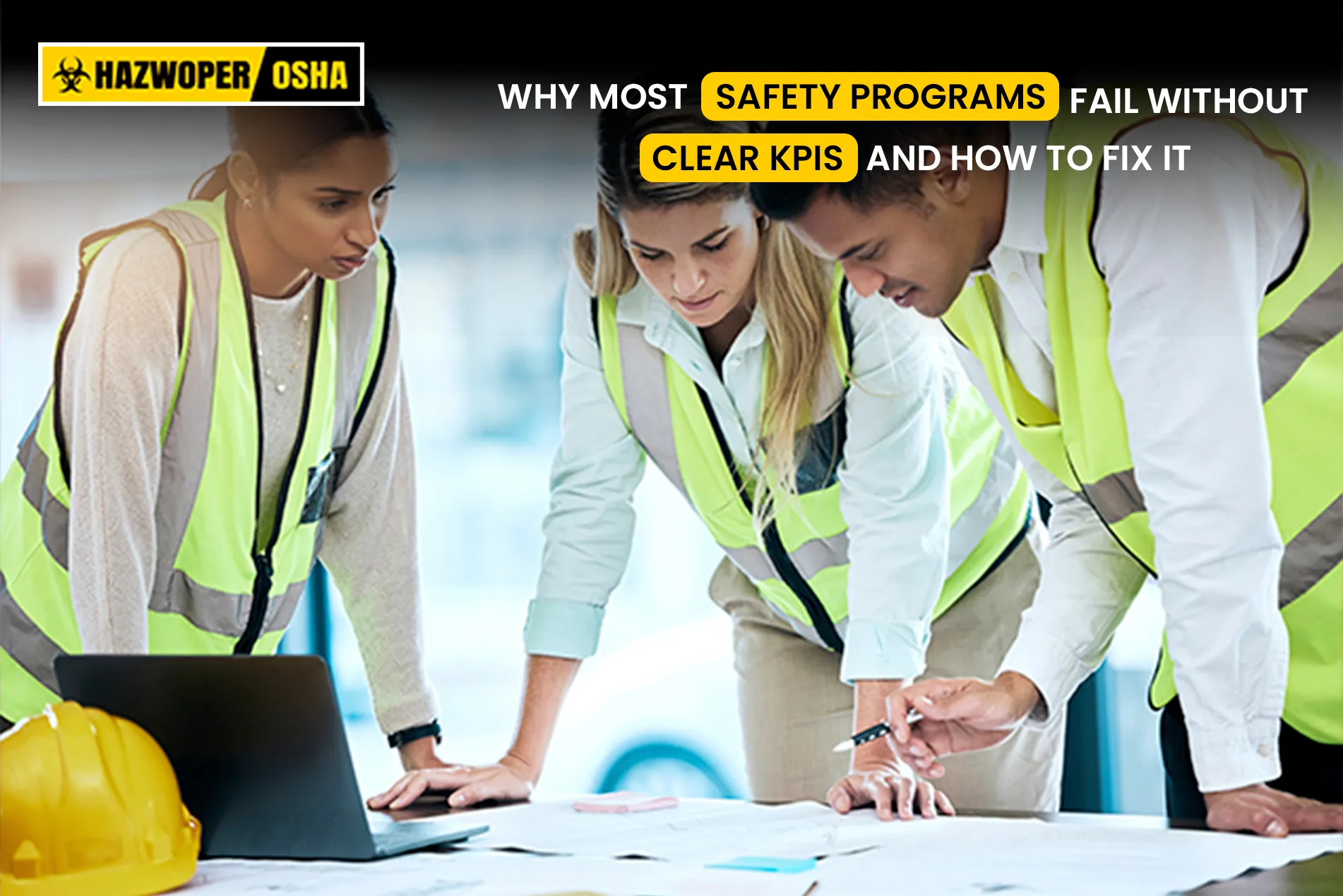HAZMAT Suits – Levels of Protection

From healthcare workers to emergency responders in the event of a chemical or biological incident, HAZMAT suits could mean the difference between life and death. Historically, for every weapon created, a piece of armor was designed to shield against it. For swords, it was the chainmail, and for noxious chemicals, we have the HAZMAT suit. In fact, the use of HAZMAT suits dates back to the 14th century when it was used as a means of protection against the bubonic plague.
In modern times, workers engaged in hazardous waste operations and staff at nuclear power plants, use HAZMAT suits on a day-to-day basis to protect themselves against hazardous contaminants. More recently, healthcare workers involved in the treatment of patients infected with the Ebola virus and Coronavirus have made use of these suits as a safeguard against airborne hazards.
We offer comprehensive online training courses aligned to OSHA, DOT, EPA, and NFPA requirements that cover the use of personal protective equipment (PPE) and hazmat suit requirements. For workers involved in hazardous waste operations falling under the purview of OSHA's Hazardous Waste Operations and Emergency Response (HAZWOPER) standards 29 CFR 1910.120 and 29 CFR 1926.65, we offer comprehensive online training courses falling within HAZWOPER (e) series and HAZWOPER (p) series. In addition, we also provide RCRA Training for employers and employees who must comply with the EPA's RCRA Act.
What is a HAZMAT Suit?
The U.S. Department of Homeland Security defines a hazmat suit as "an overall garment worn to protect people from hazardous materials or substances, including chemicals, biological agents, or radioactive materials."
There are four levels of HAZMAT protection as designated by the EPA, ranging from level A (most protective) to level D (least protective). The ensemble must be tailored to the specific situation and hazardous material encountered. The bottom line – the level of protection assigned for a particular situation must adequately protect the wearer from the anticipated physical, chemical, and biological hazards.
Class A/Level A Hazmat Suit
Level A protection is required when the greatest potential for exposure to hazards exists. This level provides the highest available level of respiratory, skin, and eye protection from solid, liquid, and gaseous chemicals.
This ensemble is used when the hazards have been identified to pose a high level of threat to the skin, eyes, and respiratory system. For example, operations that are conducted in poorly ventilated areas and confined spaces require the use of level A protection. It offers protection against highly toxic chemicals, vapors, gases, and particulates. It is commonly used in chemical spill cleanups, biological hazard incidents, and emergency response to unknown chemical releases.
Level A ensemble includes positive pressure, full-facepiece self-contained breathing apparatus (SCBA), or positive pressure supplied-air respirator with escape SCBA, totally encapsulated chemical- and vapor-protective suit, inner chemical-resistant gloves, chemical-resistant safety boots, and two-way radio communication system. In-suit cooling systems, outer gloves, and hard hats are optional elements of this ensemble that are used based on the unique requirements of each situation.
Class B Hazmat Suit
Level B protection is needed under circumstances that require the highest level of respiratory protection, but a lower level of skin protection is needed. This ensemble provides the same level of respiratory protection as Level A, but less skin protection. Level B provides liquid splash protection but does not safeguard against chemicals and vapors.
This ensemble is used when chemicals have been identified and the primary hazards associated with site entry are in contact with liquids but not vapors. It offers protection against low-level airborne contaminants, particulate matter, and splashes but not against toxic vapors or gases. It is commonly used during site investigations, environmental cleanup operations, and situations where atmospheric contamination levels are below OSHA's permissible exposure limits (PELs).
Level B ensemble includes positive pressure, full-facepiece SCBA or positive pressure supplied-air respirator with escape SCBA, liquid splash-protective suit, inner chemical-resistant gloves, chemical-resistant safety boots, two-way radio communication system, and hard hat. The cooling system and outer gloves are optional elements of this ensemble.
Class C Hazmat Suit
Level C protection is required when the concentration and type of airborne contaminants have been identified and the criteria for using air-purifying respirators are met. This level provides the same level of skin protection as Level B (i.e. liquid splash protection but no chemical or vapor protection), but a lower level of respiratory protection. Level C ensembles are used when contact with contaminants on-site will not affect the skin.
Level C ensemble includes a full-facepiece, air-purifying, canister-equipped respirator, chemical-resistant gloves, and safety boots, a two-way communication system, and a hard hat. Face-shield and escape SCBA are optional elements of this ensemble.
Most hazardous material sites are characterized by contaminants below OSHA's permissible exposure limits (PELs). This makes level C ensemble the most commonly used type of protection for cleanup and response efforts at such sites. However, level C HAZMAT suits are only suitable for atmospheres that contain at least 19.5% oxygen. Such ensembles are not acceptable for chemical emergency response.
Class D Hazmat Suit
Level D protection is a simple work uniform affording minimal protection. This level of protection is used when the atmosphere contains no known hazard and work functions preclude splashes, immersion, the potential for inhalation, or direct contact with hazardous levels of chemicals.
Level D ensemble requires no respiratory protection and only minimal skin protection. The ensemble includes coveralls, safety boots/shoes, and safety glasses or chemical splash goggles. Gloves, escape SCBA, and face shields are optional elements of this ensemble. It offers basic protection against nuisance contamination such as dirt, dust, and minor abrasions. It is typically used in controlled environments like warehouses, factories, or support areas of hazardous sites where no respiratory or chemical hazards are present.
Level D HAZMAT suits are only suitable for atmospheres that contain at least 19.5% oxygen. Such ensembles are not acceptable for chemical emergency response.
A Final Note
While the above are some general guidelines for typical personal protective equipment to be used in certain circumstances, other combinations of protective equipment may be used based on specific site characteristics. The type of equipment and level of protection must be periodically reevaluated as site conditions change or when the job duties of workers change.


